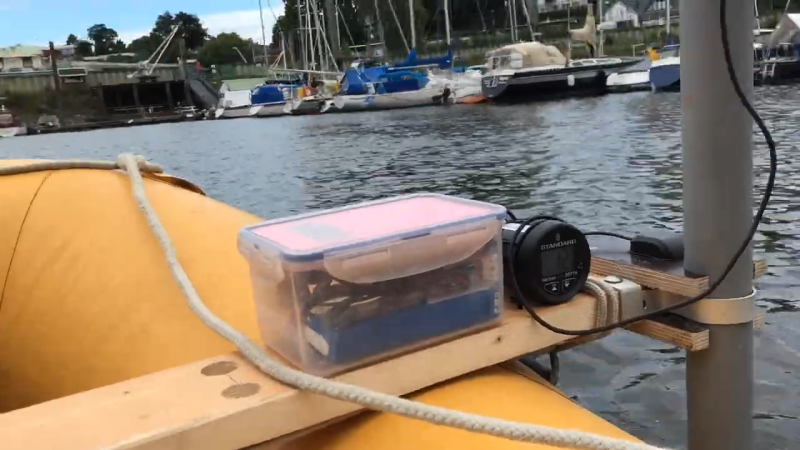Sonar-enabled glasses read wearers’ silently spoken voice commands
Some people lack the power of speech, while others may find themselves in noisy settings where speaking voice commands out loud just won’t work. Such folks might have use for the EchoSpeech glasses, which read their user’s silently spoken words.Continu… Continue reading Sonar-enabled glasses read wearers’ silently spoken voice commands



